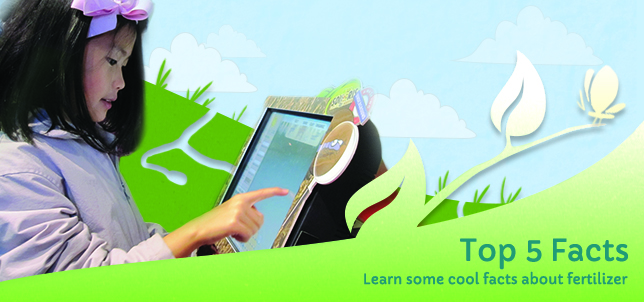
Top 5 Facts
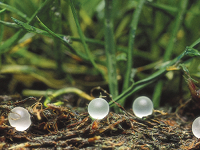
1. Plant Food
Like people, plants require food. Plant food comes from nutrients within the soil that allow a plant to grow. These nutrients can come from both organic and fertilizer sources.
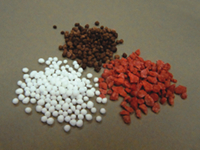
2. From Nature
Fertilizers come from nature (N=air, P=ancient sea life, K=evaporated oceans) they are simply packaged and applied when and where they are needed, in the proper balance based on science (Right Source, Right Rate, Right Time, Right Place).
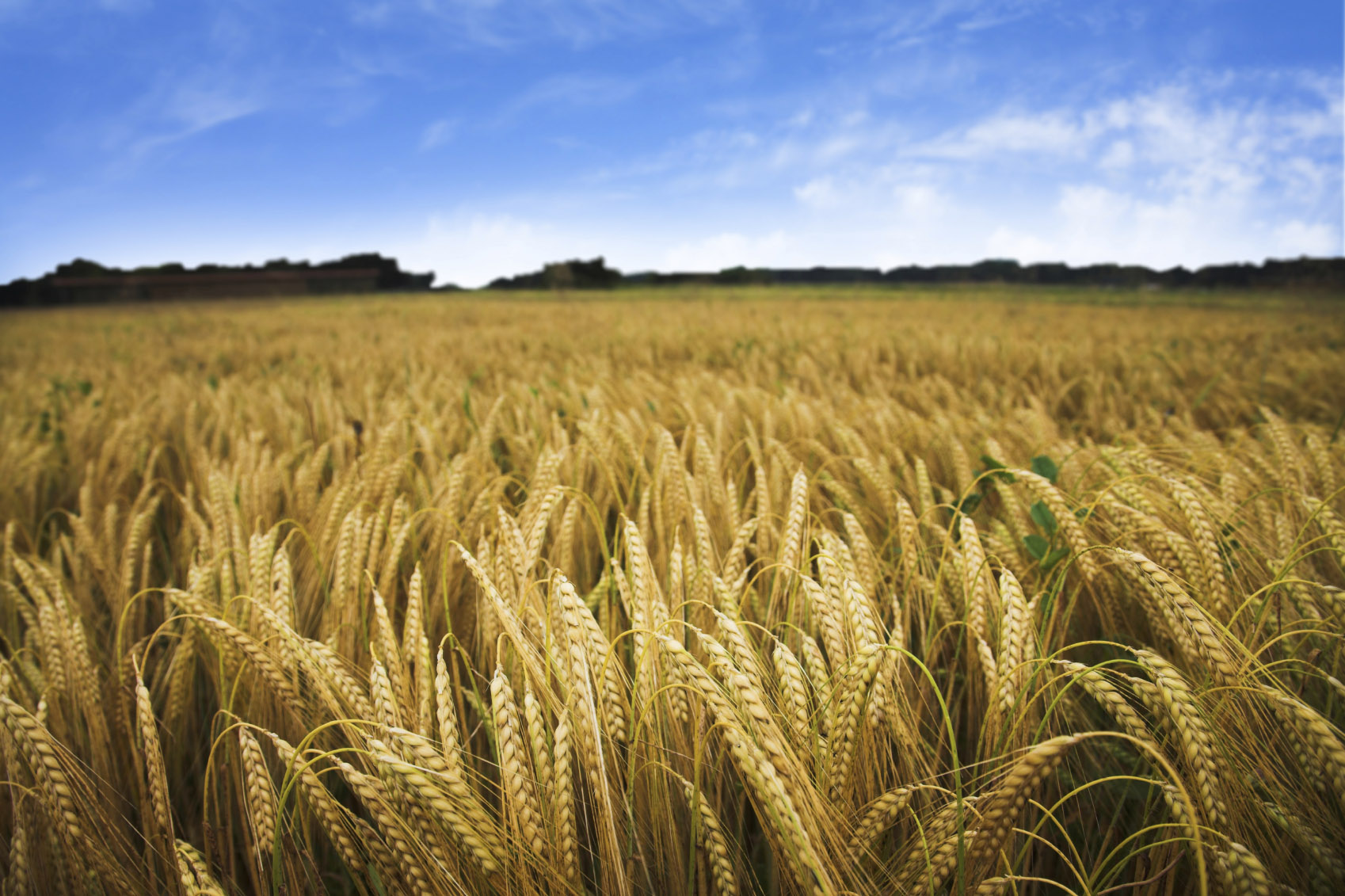
3. Producing More Food
Food produced with organic or fertilizer nutrients have the same health and nutritional benefits. However, fertilizer can produce as much as 50% more food on the same land area – helping to feeding billions of more people.

4. World’s Food Supply
Modern use of fertilizers is responsible for 40-60% of the world’s food supply.
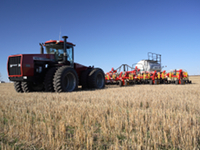
5. Replacing Nutrients
Farmers do not add fertilizers to the ground. They replace the nutrients crops consumed from the soil as they grew.



